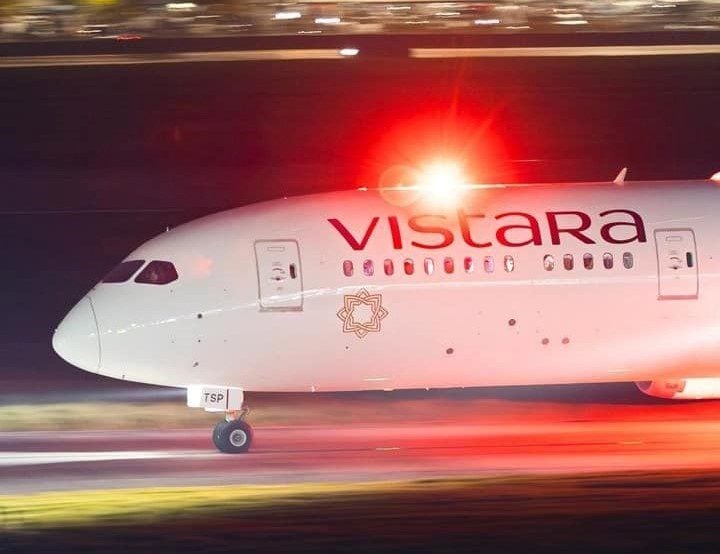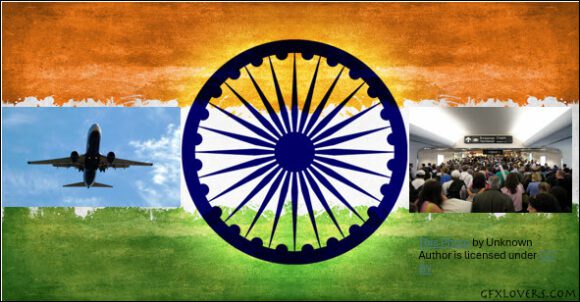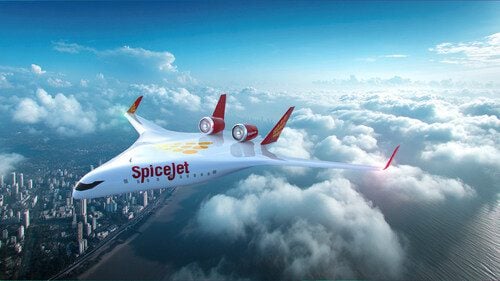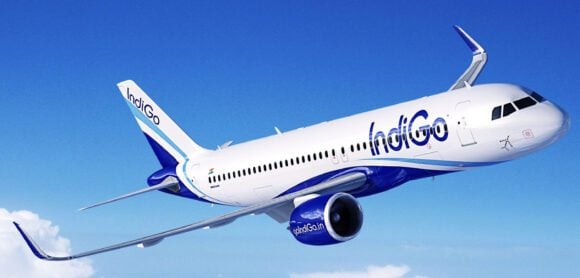
352180816 785986593158900 4490652090524855515 n
Vistara, a joint venture between Tata Sons and Singapore Airlines, has decided to drop plans of flying to the United States from India. The airline had received temporary approval in 2021 to fly to the US. Vistara drops plans of flying to the US.
In an interview at this week’s IATA Annual General Meeting in Istanbul, Vinod Kannan, Chief Executive Officer told the Press Trust of India (PTI), that the airline has decided not to fly to the US. “The main reason is that to fly to the US, I need a lot of aircraft. One single daily operation from India to the US will need at least three aircraft,” he said. Kannan added that the airline will have to wait for three aircraft to come.
“By the time it will start, the integration (will be) happening,” he added. Air India and Vistara are to be integrated into one airline. Campbell Wilson, Chairman and Chief Executive Officer of Air India, has made it clear that the brand Vistara will cease to exist when the integration is complete. The integration is to be completed by next year.
What this means is that Air India is the only Indian airline that flies non-stop between India and the United States. SpiceJet, a Delhi-based low-cost airline, was designated by the Indian government as a scheduled carrier to fly to the US and UK in July 2020. The airline is yet to start passenger services to both of these countries.
From the US side, United and Delta are among the airlines which connect both countries with non-stop services although European carriers like Virgin Atlantic, British Airways, Air France, KLM and Middle Eastern carriers like Emirates, Qatar, and Etihad have multiple daily connections from India through their hubs in the Middle East and Europe to the US.
Open sky agreement
India and the United States signed an open sky agreement in 2005 allowing designated airlines of both countries to operate as many flights as they like between as many points in the two countries.
“I don’t think there’s a shortage of points, whether it’s New York, San Francisco, whatever it is. But at the end of the day, I need the aircraft to do any of these (flights),” said Kannan had said in a conversation with AirInsight in June last year.
Back then, he also said that whether Vistara goes to the US and when would depend on what aircraft are available because flying directly to the US from India has some requirements. “For example, you need a crew bunk for horizontal rest, you need a certain takeoff weight, you need a certain thrust rating and so on, which the two 787s that we have at this time are not capable of. We will be looking at what is available in the market and potentially look at what routes we can fly,” Kannan had said.
Decision is no surprise
To Satyendra Pandey, Managing Partner, Aairavat Technology & Transport Ventures Private Ltd, Vistara’s decision is no surprise: “This is the culmination of several factors. By their own admission, there are delays in the aircraft. In addition, with the ongoing integration with Air India, it makes sense not to duplicate routes and confuse product offerings.”
Pandey adds that the US routes would have been ultra long haul routes where the economics, operations, and strategy are remarkably different than for long haul routes that Vistara currently flies. “This would demand a singular focus and additional ramp-up in India and overseas. Finally, it would have added to the cost base and to the hurdle rate at a time where the goal is to rationalize and reduce the cost base,” he argues.
Pandey is of the view that the customers’ perception of Vistara notwithstanding, the market reality is that Vistara finds itself competing with foreign competitors that are consistently profitable, purposeful in their long-term vision, and have a product offering that is yet to be matched. “To enter this battlefield would mean provisioning for additional losses and significant capex. In this context, the decision not to pursue a US strategy standalone is judicious.”
Views: 24





